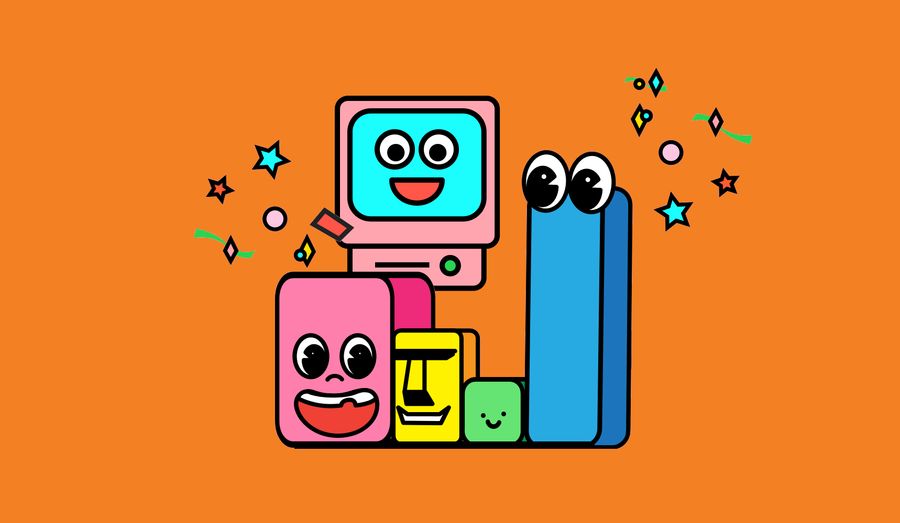Delve Into Developer Survey Results Data
The Stack Overflow Developer Survey has become a staple in the developer community. Now in its 9th year, the survey, which garners around 100,000 responses, captures the opinions of folks who code from around the world. It's an important source of insights into the developer community as a whole.
People share their opinions on a wide range of subjects, from their favorite tech to job preferences, how they got into programming, to how much they're paid. Being such a large and rich dataset makes it a powerful predictor of industry trends and allows us to explore our understanding of how developers work and can help companies hire and engage with developers.
While the anonymized survey results will be available publicly later this year, we wanted to make the current aggregated survey results more accessible. We've created two interactive charts on Glitch that focus on the technology section of the 2019 Developer Survey results.
You can use the apps directly to explore the results in more depth. Or, because they're remixable, you can take a closer look at specific technologies you're interested in by creating your own versions of the apps and visualizing the data in different ways.
Most Loved, Dreaded, and Wanted Technologies #
First up, the results for the most loved, dreaded and wanted tech. With this chart, you can see how your favorite technologies stack up against each other by taking a look at the different programming languages, platforms, databases, frameworks, and other tools that developers said they wanted to keep, stop or start using.
Most Popular Technology #
Our second project explores the results of the most popular tech overall. Based on six categories of data - languages, platforms, databases, web frameworks, dev environments, and other tools, take a look at which technologies were the most well used across the developer community.
Delve Into the Data #
Both of these apps are a way for developers to interact with the data more closely. In fact, you can use the remix buttons above to take these apps and create your own versions of them to play around with the data yourself.
Both of these apps use Chart.js, a JavaScript library for making interactive charts and graphs. If you're not already familiar with Chart.js, then don't worry. We have a tutorial that steps through a real, working project, that you can use to get up to speed.
Then, go ahead and remix the apps to get a copy of the code and data yourself. Both apps have a similar structure:
On the front-end:
-
You can edit public/client.js, public/style.css and views/index.html to change the appearance of the app.
-
Chart.js is used in client.js to render a chart using data from the app's database.
-
Reference the Chart.js docs and change the renderChart function in client.js to visualize the data using different types of graphs. On the back-end:
-
The app starts at server.js and accesses the data in the database through routes (/getLanguages, /getDatabases, etc.) The database:
-
The apps use SQLite to store the aggregated tech data from the CSV files included in the project.
-
server.js is where the code lives that creates the database and fills it with the data. As they've done in the last 8 years, Stack Overflow have committed to releasing the full, anonymized survey results data later this year. But until then, we hope these apps have made the current data more accessible and interactive.
If you have any questions or need help, reach out to us on Twitter @glitch or post your question in the support forums.

